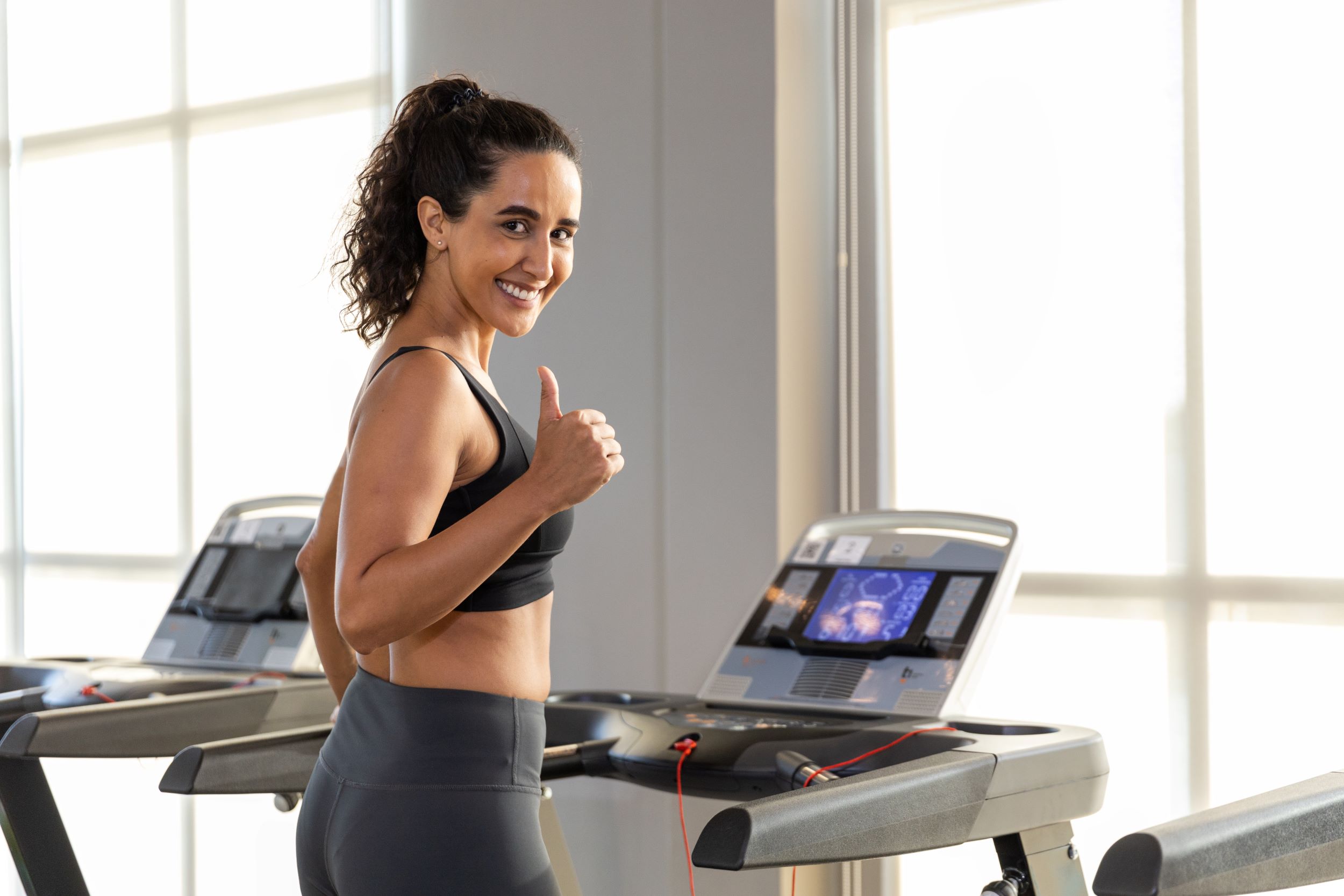Preparing for a run isn’t just about lacing up your shoes and hitting the pavement; it involves a series of essential steps that can significantly impact your performance. Understanding the importance of pre-run preparation can make the difference between a mediocre run and an exhilarating one.
First and foremost, warm-up exercises are crucial. They help increase blood flow to your muscles, enhance flexibility, and reduce the risk of injury. A typical warm-up routine may include:
- Dynamic stretches such as leg swings
- Light jogging to gradually elevate your heart rate
- Mobility drills that target your hips and ankles
Additionally, hydration plays a vital role in your pre-run preparation. Dehydration can lead to fatigue and decreased performance, so it’s important to drink water before your run. Aim to drink at least 500ml of water about 2 hours prior to your run to ensure that your body is well-hydrated.
Mental preparation is another often-overlooked aspect. Taking a few minutes to visualize your run can boost your confidence and focus. Picture yourself completing the 2.4 km distance with ease and enjoyment. This mental rehearsal can help you feel more prepared and motivated.
Before you head out for your next run, remember: good preparation leads to great performance. Visit our website to learn more and get started today! Click here.
Essential Warm-Up Exercises for Runners
Incorporating essential warm-up exercises into your pre-run routine is vital for preparing your body for the physical demands of running. These exercises not only enhance your performance but also help in preventing injuries. Here are some effective warm-up exercises that every runner should consider:
- Leg Swings: Stand next to a wall or support for balance. Swing one leg forward and backward, gradually increasing the range of motion. Repeat for 10-15 swings on each leg to loosen up your hip joints.
- Walking Lunges: Step forward with one leg, lowering your hips until both knees are bent at about a 90-degree angle. Push back to the starting position and repeat with the other leg. This exercise activates your glutes and quads.
- High Knees: While jogging in place, lift your knees towards your chest as high as possible. This dynamic movement increases your heart rate and warms up your legs.
- Butt Kicks: Jog in place while kicking your heels up towards your glutes. This helps to engage your hamstrings and enhances mobility.
- Arm Circles: Stand with your arms extended out to the sides. Make small circles in the air, gradually increasing the size. This exercise loosens up your shoulders and upper body.
By including these warm-up exercises in your pre-run routine, you can ensure that your muscles are adequately prepared for the upcoming challenge. Remember, taking the time to warm-up can significantly enhance your running experience and performance.
Hydration Tips to Optimize Your Run

Staying hydrated is crucial for optimizing your performance, especially before a 2.4 km run. Proper hydration not only helps maintain your energy levels but also prevents fatigue and enhances recovery. Here are some effective hydration tips to consider:
- Drink Water Regularly: Aim to drink water consistently throughout the day. A good rule of thumb is to consume at least 8-10 glasses of water daily, adjusting based on your activity level.
- Pre-Hydrate: About 2 hours before your run, drink 500-600 ml (about 17-20 oz) of water. This allows your body enough time to absorb and balance your hydration levels.
- Electrolyte Balance: If you’re running in hot conditions or for extended periods, consider drinking electrolyte-replenishing beverages. These help replace lost salts and minerals, reducing the risk of cramps.
- Monitor Your Urine Color: A simple way to gauge hydration is by checking the color of your urine. Pale yellow indicates proper hydration, while darker shades suggest you need to drink more.
- Avoid Caffeine and Alcohol: Both can lead to dehydration. Try to limit caffeine and alcohol intake, especially in the hours leading up to your run.
By following these hydration tips, you can enhance your performance and enjoyment during your run. Remember that being well-hydrated is a key component of successful physical activity.
Nutrition Guidelines Before Your 2.4 Km Run

Fueling your body with the right nutrition is essential for maximizing your performance during a 2.4 km run. The food you consume before your run can significantly impact your energy levels and overall experience. Here are some nutrition guidelines to consider:
- Timing is Key: Ideally, eat a balanced meal 2-3 hours before your run. This allows enough time for digestion and energy absorption. If you’re short on time, a small snack can be consumed 30-60 minutes prior.
- Focus on Carbohydrates: Carbs are your body’s primary energy source. Opt for complex carbohydrates like whole grains, fruits, and vegetables. For a quick energy boost, simple carbs such as bananas or energy bars can be effective.
- Include Protein: A small amount of protein can aid in muscle recovery and energy maintenance. Consider options like yogurt, a hard-boiled egg, or a handful of nuts.
- Avoid Heavy Foods: Stay away from greasy, heavy meals right before your run. Foods high in fat can slow digestion and may lead to discomfort.
- Stay Hydrated: Remember that hydration and nutrition go hand in hand. Ensure you’re adequately hydrated to enhance nutrient absorption and overall performance.
By following these nutrition guidelines, you can optimize your energy levels and performance, setting yourself up for a successful and enjoyable 2.4 km run.
Mental Strategies to Boost Running Performance

Just as physical preparation is crucial for your upcoming 2.4 km run, mental strategies play a significant role in enhancing your performance. Cultivating a strong mindset can help you push through challenges and achieve your running goals. Here are some effective mental strategies to consider:
- Visualization Techniques: Spend a few minutes visualizing your run. Picture yourself starting strong, maintaining a steady pace, and crossing the finish line with confidence. This mental imagery can help enhance focus and motivation.
- Positive Self-Talk: Replace any negative thoughts with positive affirmations. Phrases like “I am strong” or “I can do this” can boost your confidence and help you stay motivated throughout your run.
- Set Realistic Goals: Establish achievable goals for your run. Whether it’s completing the distance without stopping or achieving a specific time, having clear objectives can keep you focused and driven.
- Mindfulness and Breathing Exercises: Practicing mindfulness can help you stay present during your run. Focus on your breath and the rhythm of your feet hitting the ground. This connection can enhance your experience and reduce anxiety.
- Break It Down: Instead of viewing the entire distance, break your run into smaller segments. Concentrating on reaching one landmark at a time can make the overall distance feel more manageable.
Incorporating these mental strategies into your running routine can significantly enhance your performance and enjoyment of your 2.4 km run. A strong mind is just as vital as a strong body!
Creating a Pre-Run Routine That Works

Establishing a consistent pre-run routine can significantly enhance your performance and set the tone for a successful 2.4 km run. A well-structured routine helps to ensure that you’re physically and mentally prepared, reducing the risk of injury and increasing your enjoyment of the run. Here are essential components to include in your pre-run routine:
- Warm-Up Exercises: Start with dynamic stretches or light jogging to gradually raise your heart rate and loosen your muscles. Focus on key muscle groups like your legs, hips, and core.
- Hydration: Ensure you’re well-hydrated before your run. Drinking water or a light electrolyte drink can help maintain your energy levels and performance.
- Nutrition: Consider consuming a light snack rich in carbohydrates about 30-60 minutes before your run. Options like a banana, toast with peanut butter, or a small energy bar can provide the necessary fuel.
- Mental Preparation: Incorporate the mental strategies discussed earlier. Take a few moments to visualize your run and engage in positive self-talk to boost your confidence.
- Gear Check: Before heading out, double-check your running gear—shoes, clothing, and any accessories like a watch or headphones. Ensuring everything is in place can help minimize distractions.
By customizing a pre-run routine that incorporates these elements, you can optimize your performance and make every run more enjoyable. Visit our website to learn more and get started today! Click here.


